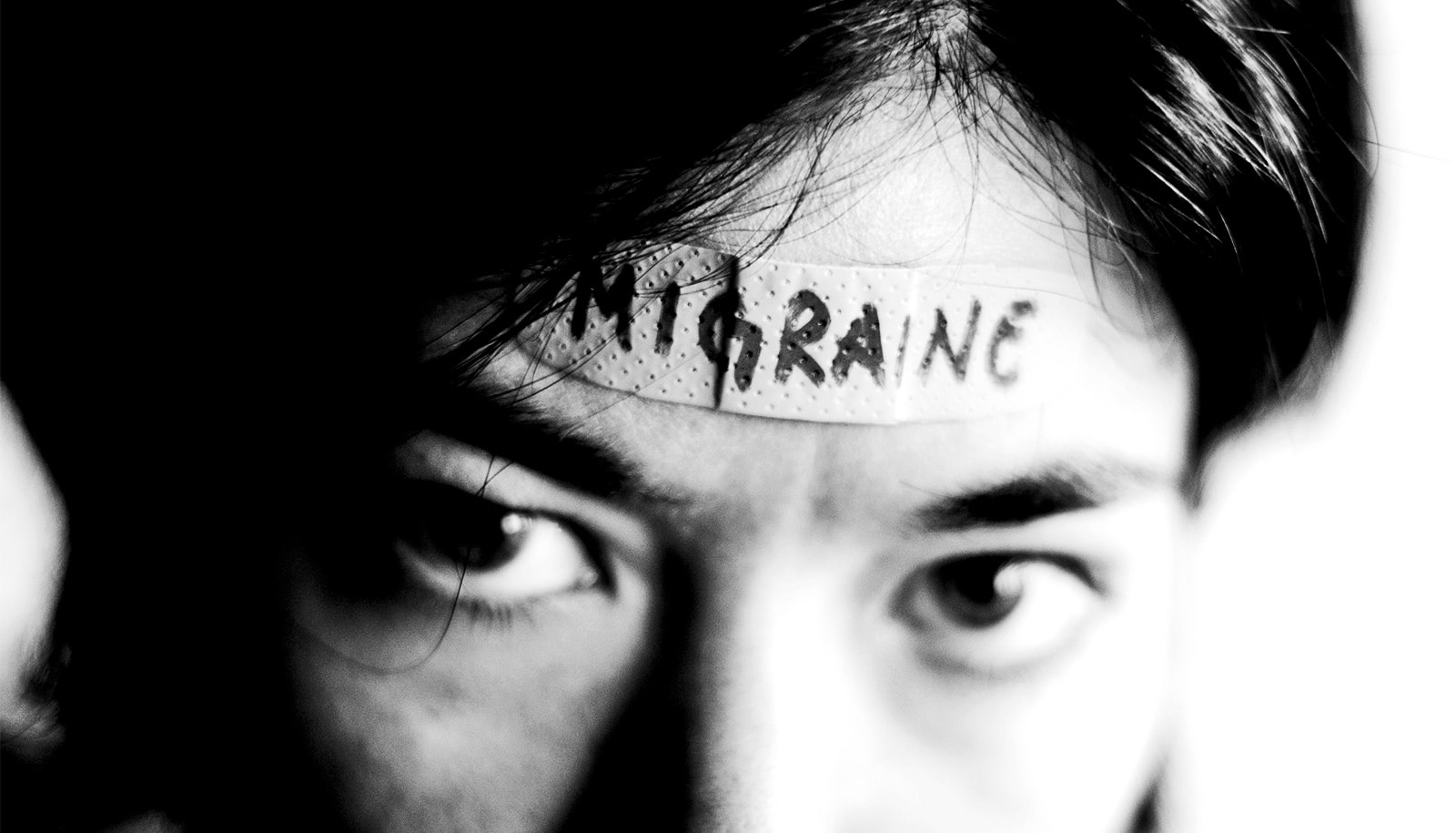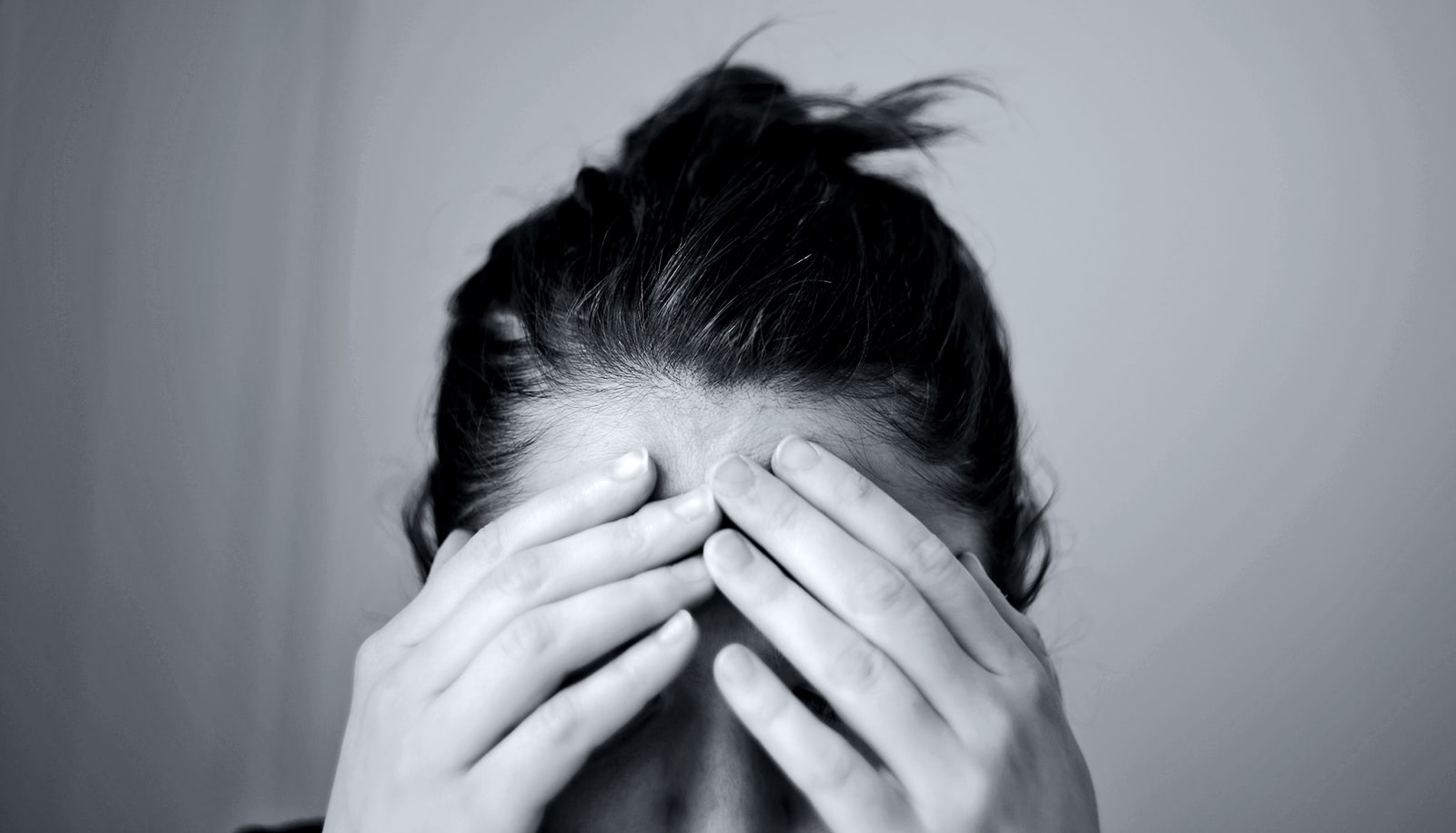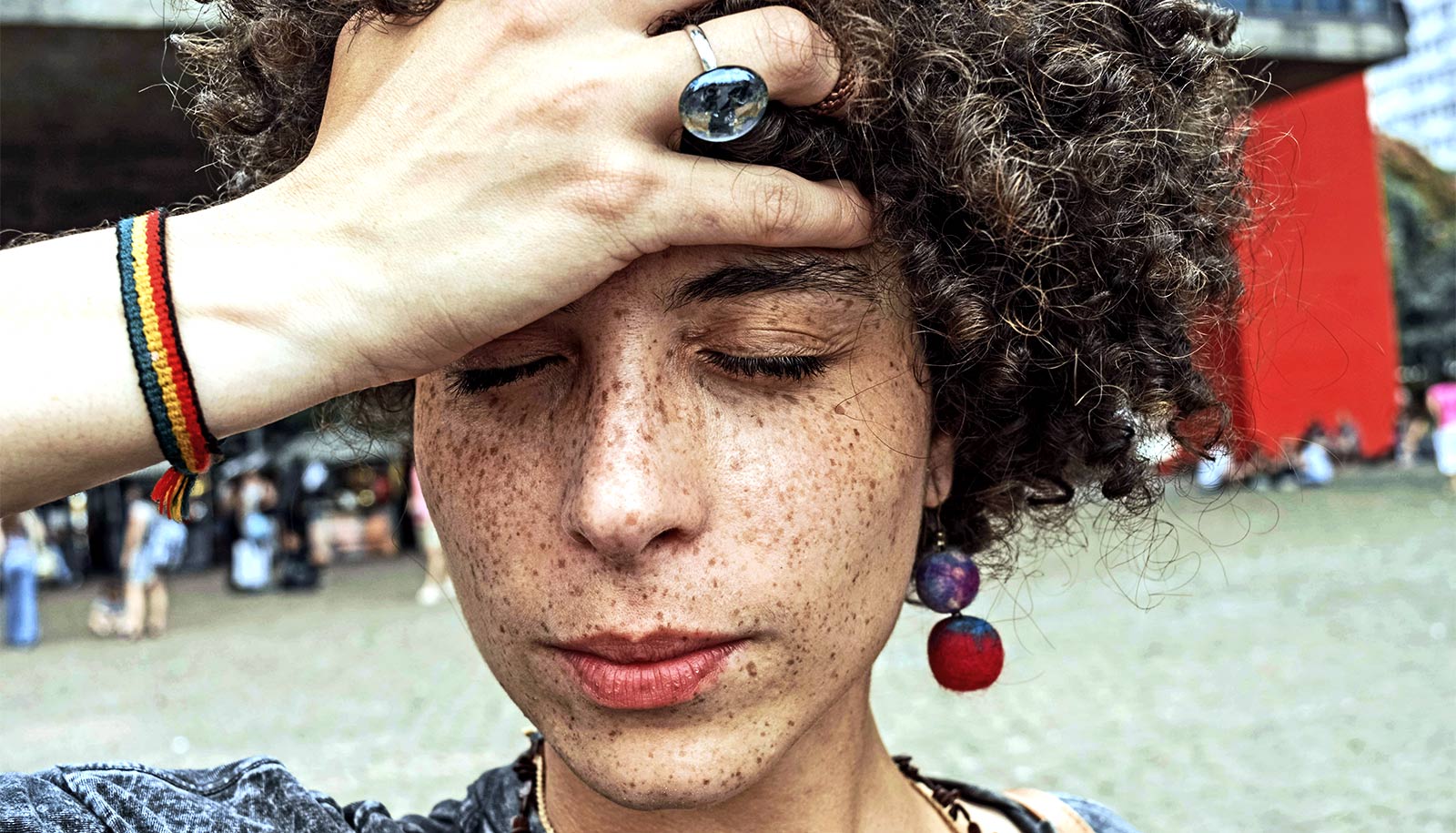People who get migraine headaches may benefit from green light therapy, according to a new study.
The research shows that green light can reduce the frequency and intensity of headaches and improve patient quality of life.
“As a physician, this is really exciting.”
Migraine is the third most prevalent illness in the world, affecting 39 million people in the United States and 1 billion worldwide, according to the Migraine Research Foundation.
“This is the first clinical study to evaluate green light exposure as a potential preventive therapy for patients with migraine,” says lead study author Mohab Ibrahim, an associate professor in the University of Arizona College of Medicin-Tucson’s anesthesiology, pharmacology, and neurosurgery departments and director of the Chronic Pain Management Clinic.
“As a physician, this is really exciting. Now, I have another tool in my toolbox to treat one of the most difficult neurological conditions—migraine.”
Migraine treatments remain a challenge
Overall, green light exposure reduced the number of headache days per month by an average of about 60%. A majority of study participants—86% of episodic migraine patients and 63% of chronic migraine patients—reported a more than 50% reduction in headache days per month. Episodic migraine is characterized by up to 14 headache days per month, while chronic migraine is 15 or more headache days per month.
“The overall average benefit was statistically significant. Most of the people were extremely happy,” Ibrahim says of the participants, who received light strips and instructions to follow while completing the study at home.
“One of the ways we measured participant satisfaction was, when we enrolled people, we told them they would have to return the light at the end of the study. But when it came to the end of the study, we offered them the option to keep the light, and 28 out of the 29 decided to keep the light.”
None of the study participants reported any side effects of green light exposure.
Ibrahim and coauthor Amol Patwardhan, have studied the effects of green light exposure for several years. This initial clinical study included 29 people, all of whom experience episodic or chronic migraine and failed multiple traditional therapies, such as oral medications and Botox injections.
“Despite recent advances, the treatment of migraine headaches is still a challenge,” says Patwardhan, an associate professor and the vice chair of research in the anesthesiology department.
“The use of a nonpharmacological therapy such as green light can be of tremendous help to a variety of patients that either do not want to be on medications or do not respond to them. The beauty of this approach is the lack of associated side effects. If at all, it appears to improve sleep and other quality of life measures.”
Green light as a drug
During the study, patients were exposed to white light for one to two hours a day for 10 weeks. After a two-week break, they were exposed to green light for 10 weeks. They completed regular surveys and questionnaires to track the number of headaches they experienced and the intensity of those headaches, as well as quality of life measurements such as the ability to fall and stay asleep or to perform work.
Using a numeric pain scale of zero to 10, participants noted that green light exposure resulted in a 60% reduction in pain, from 8 to 3.2. Green light therapy also shortened the duration of headaches, and it improved participants’ ability to fall and stay asleep, perform chores, exercise, and work.
None of the study participants reported any side effects of green light exposure.
“In this trial, we treated green light as a drug,” Ibrahim says. “It’s not any green light. It has to be the right intensity, the right frequency, the right exposure time, and the right exposure methods. Just like with medications, there is a sweet spot with light.”
Ibrahim says physicians from as far away as Europe, Africa, and Asia have contacted him, asking for the green light parameters and schematic design for their own patients.
“As you can imagine, LED light is cheap,” he says. “Especially in places where resources are not that available and people have to think twice before they spend their money, when you offer something affordable, it’s a good option to try.”
“These are great findings, but this is where the story begins,” Ibrahim says. “As a scientist, I am really interested in how this works because if I understand the mechanism, then I can utilize it for other conditions. I can use it as a tool to manipulate the biological systems to achieve as much as we can.”
The paper appears in Cephalalgia. Additional coauthors are from the University of Arizona and the University of Minnesota.
The National Center for Complementary and Integrative Health, a unit of the National Institutes of Health and the University of Arizona funded the work.
Source: University of Arizona


